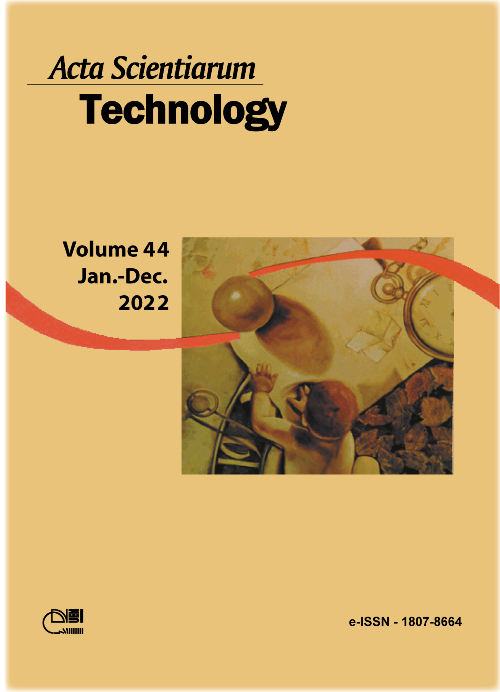Proposal of two facial scales using emojis as tools to understand emotions in research with Brazilian consumers
DOI:
https://doi.org/10.4025/actascitechnol.v44i1.56610Palavras-chave:
Non-verbal communication; check-all-that-apply (CATA); social media; sensory analysis; emotion measurement; emoticonsResumo
Emojis are used in digital communication to express feelings and emotions and are commonly used on social media platforms. Research aiming to interpret the meaning of facial emojis is needed and should consider differences among several characteristics as the cultural aspects across different countries. This study aimed to assess the meaning of emojis by Brazilians and create two facial scales that can be used in later research with applications of emojis in consumer studies and sensory analysis of food and beverages. The associations between emotions and emojis were evaluated by 132 participants from Brazil using 39 descriptive terms and 33 facial emojis through a modified Check-All-That-Apply (CATA) questionnaire. The overall average of emoji associations for each CATA term varied from 1.1 to 4.3, demonstrating that the associations varied a lot, depending on the emotion. In this way, it was possible to obtain a group of emotions with a strong association with one emoji (n=15); a second group with a strong association with more than one emoji (n=8), and; a third group with weak associations (n=16). The emojis from the first and second groups were used to make a chart with 14 emojis to be used in consumer research with Brazilian consumers and also a 5-point facial scale of intensity to be used in sensory analysis with food and beverages
Downloads
Downloads
Publicado
Como Citar
Edição
Seção
Licença
DECLARAÇíO DE ORIGINALIDADE E DIREITOS AUTORAIS
Declaro que o presente artigo é original, não tendo sido submetido í publicação em qualquer outro periódico nacional ou internacional, quer seja em parte ou em sua totalidade.
Os direitos autorais pertencem exclusivamente aos autores. Os direitos de licenciamento utilizados pelo periódico é a licença Creative Commons Attribution 4.0 (CC BY 4.0): são permitidos o compartilhamento (cópia e distribuição do material em qualqer meio ou formato) e adaptação (remix, transformação e criação de material a partir do conteúdo assim licenciado para quaisquer fins, inclusive comerciais.
Recomenda-se a leitura desse link para maiores informações sobre o tema: fornecimento de créditos e referências de forma correta, entre outros detalhes cruciais para uso adequado do material licenciado.















